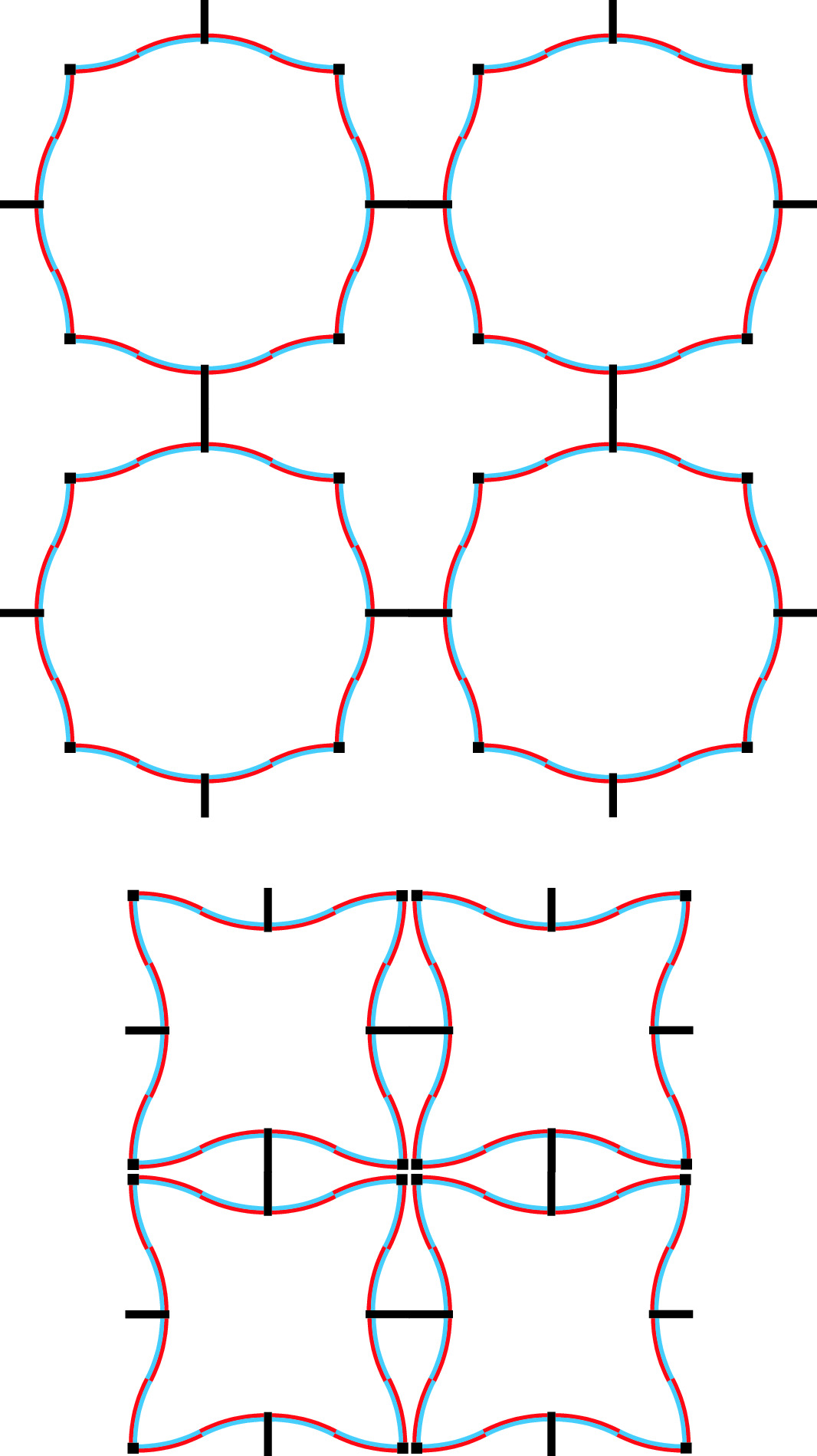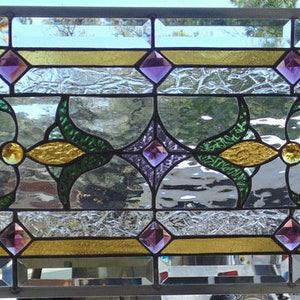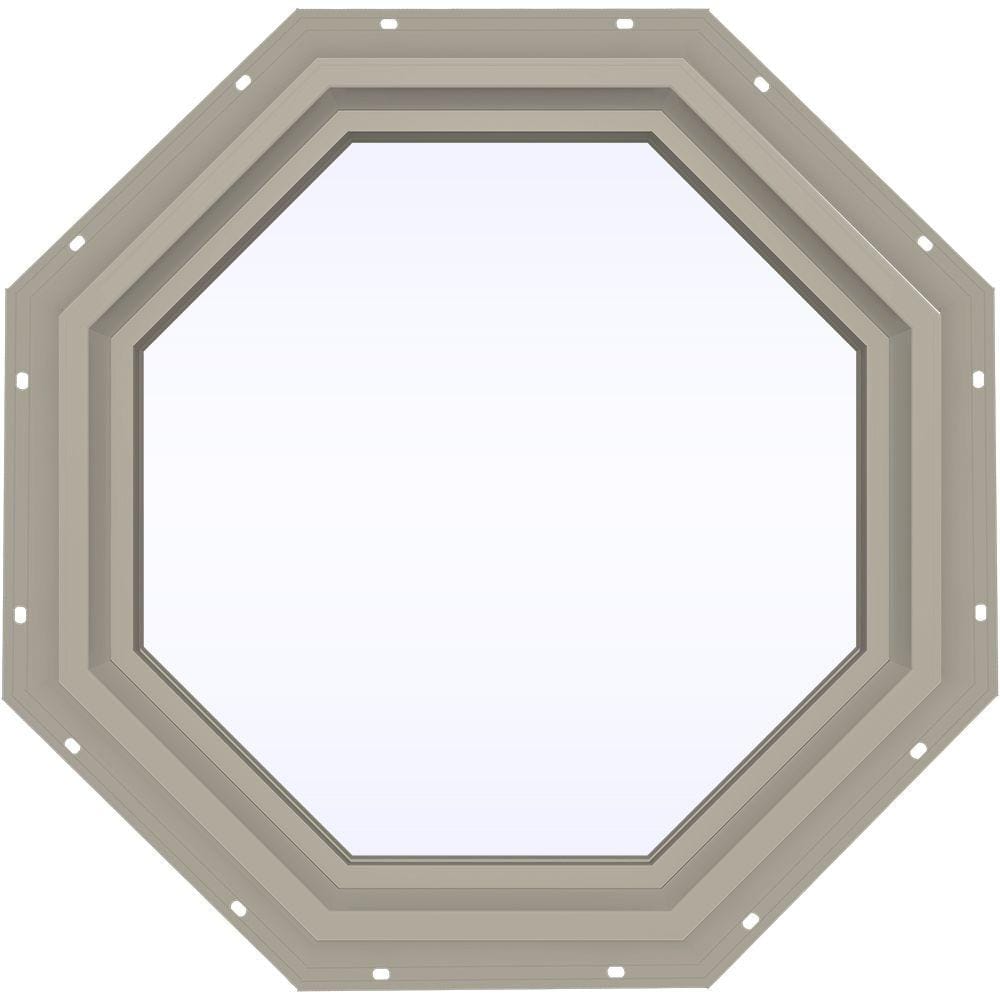


Hence, if you are a gamer, these panels are the most ideal for you because they support 3D gaming as well. The advantages that they bring is they have faster response times and support high refresh rates. The cheapest and most common types are Twisted Nematic (TN) Panels. There are many types of panels available, each with their own advantages. The next factor you need to think about is the type of panel you want your monitor to have.

Because of that, if you want a larger monitor such as a 27” monitor you should go for one with higher resolution such as 2560 x 1440. A regular 23” monitor will produce fairly sharp images, but a larger monitor will have lower pixel density, hence they will not be able to portray images that are equally sharp. Most monitors today have 1920 x 1080p resolution. The resolution refers to how many pixels the monitor displays, which directly leads to the sharpness and clarity of an image. When you are deciding on a size for your monitor, you should also think about its resolution. Naturally, a larger monitor will require a more space to fit, hence you will also need to think about whether the screen will be able to fit the space you plan to place your monitor. The first consideration when purchasing a computer monitor is to think about the size of the monitor that you want. Here are some factors to consider when choosing a computer monitor. Over the years, computer monitors have evolved tremendously, with many models today capable of providing enhanced graphics and visuals to improve one’s experience. Although the keyboard and mouse are the primary physical interfaces that interact directly with the users, the monitor is also an important component that you should prioritise as they are the part that you are going to stare at all day for both work and play.


 0 kommentar(er)
0 kommentar(er)
